On March 25, 1957, a treaty establishing the European Economic Community [EEC] was signed in Rome. It was a fundamental step in the process of European integration, which had started in the wake of World War Two. After the war was over, Europeans faced the difficult process of rebuilding. Crippled by the conflict, Europe had lost the longstanding supremacy it had enjoyed in world politics. The international scene was dominated by the United States and the Soviet Union. Europe was divided into two spheres of influence that corresponded to the two superpowers. Eastern Europe was influenced by the Soviet Union, while Western Europe was allied with the US. In addition to conditioning political positions, the two superpowers also heavily influenced economic policies. The Eastern Bloc followed economic directives imposed by Moscow. The economies of Western European countries were supported thanks to a US-sponsored financial aid program. Launched in 1947, this program was known as the Marshall Plan. Within this context, Western European nations developed the idea of a closer union and integration.
These nations had many objectives. Political cohesion was their most ambitious goal, but the need to accelerate reconstruction and promote economic development was more immediate. Western European nations had embarked on the path to union. The “Inner Six” that started the integration were Belgium, France, West Germany, Italy, Luxembourg and the Netherlands. In 1951, the Inner Six founded the European Coal and Steel Community in order to coordinate the production of coal and steel. They also planned to extend cooperation into other industry sectors. At the 1955 Messina conference, the six countries laid down the foundations for Euratom, an agency that regulates atomic energy. They also initiated talks to establish free trade between member countries, scheduled to take effect in 1957 with the birth of the EEC. The EEC was designed to develop a shared common market, regulated by a supranational institution. Once this treaty took effect, customs barriers between member states were abolished. A shared system of custom duties between the EEC and outside countries was established. Agricultural production in each member country was regulated by established, shared norms. In 1967, the EEC, the European Coal and Steel Community and Euratom merged into a single body: the European Community. The process of economic integration paved the way for political integration. All of the Inner Six participated in this new project. Economic integration culminated in 1999 with the introduction of the euro, the shared European currency.
These nations had many objectives. Political cohesion was their most ambitious goal, but the need to accelerate reconstruction and promote economic development was more immediate. Western European nations had embarked on the path to union. The “Inner Six” that started the integration were Belgium, France, West Germany, Italy, Luxembourg and the Netherlands. In 1951, the Inner Six founded the European Coal and Steel Community in order to coordinate the production of coal and steel. They also planned to extend cooperation into other industry sectors. At the 1955 Messina conference, the six countries laid down the foundations for Euratom, an agency that regulates atomic energy. They also initiated talks to establish free trade between member countries, scheduled to take effect in 1957 with the birth of the EEC. The EEC was designed to develop a shared common market, regulated by a supranational institution. Once this treaty took effect, customs barriers between member states were abolished. A shared system of custom duties between the EEC and outside countries was established. Agricultural production in each member country was regulated by established, shared norms. In 1967, the EEC, the European Coal and Steel Community and Euratom merged into a single body: the European Community. The process of economic integration paved the way for political integration. All of the Inner Six participated in this new project. Economic integration culminated in 1999 with the introduction of the euro, the shared European currency.
RELATED


I MOTI DEL '48


APARTHEID


HIROSHIMA AND NAGASAKI


THE DREYFUS AFFAIR
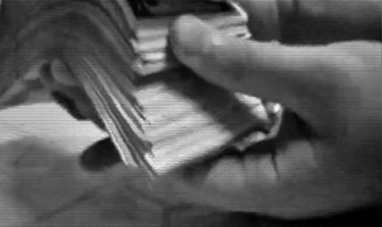

TANGENTOPOLI


WORLD WAR II
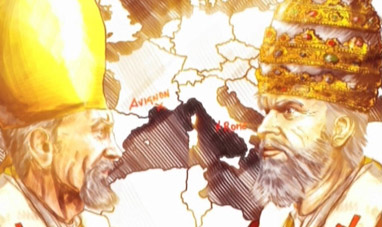

WESTERN SCHISM, THE
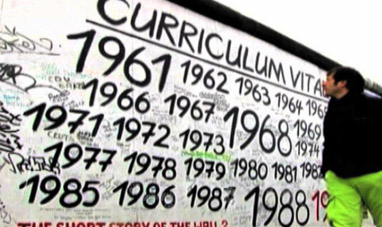

THE FALL OF THE BERLIN WALL
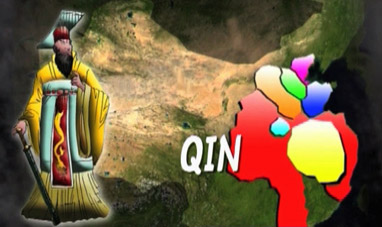

THE FIRST CHINESE EMPEROR AND THE QIN DYNASTY


THE VAJONT DISASTER


THE ADVENT OF NAZISM
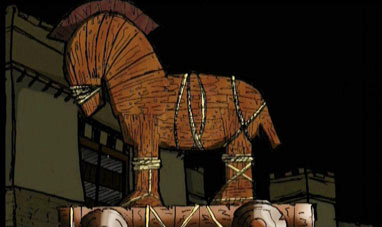

THE TROJAN WAR
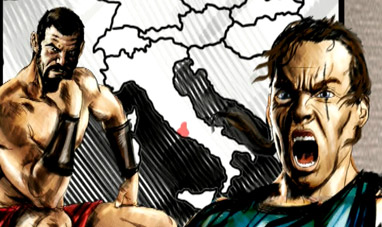

THE KINGS OF ROME
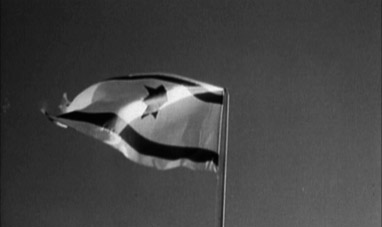

THE BIRTH OF ISRAEL
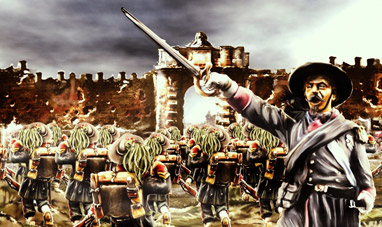

CAPTURE OF ROME
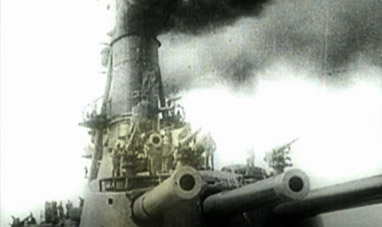

THE OUTBREAK OF WORLD WAR I
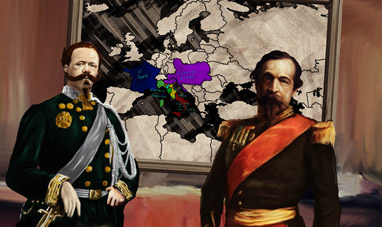

PLOMBIÈRES AGREEMENTS
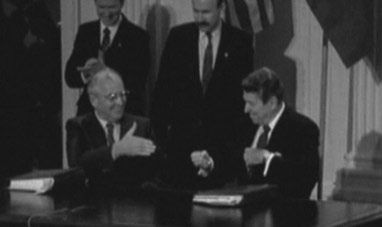

THE COLD WAR
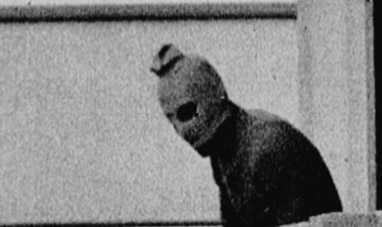

THE MUNICH MASSACRE


THE PROTESTANT REFORMATION


ASIAN TSUNAMI 2004


BUILDING THE SUEZ CANAL
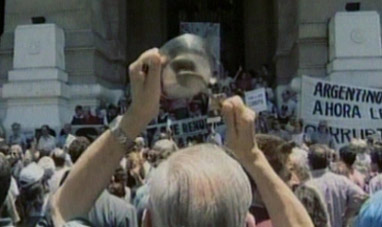

THE 2001 ARGENTINE ECONOMIC CRISIS
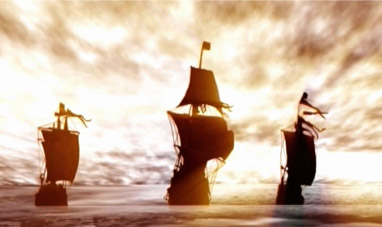

DISCOVERY OF AMERICA, THE
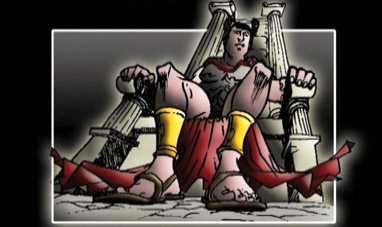

THE EDICT OF MILAN
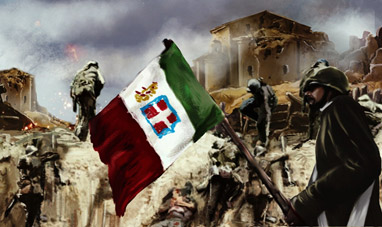

ITALIAN IRREDENTISM


NORMANDY LANDINGS


THE SECOND INTIFADA
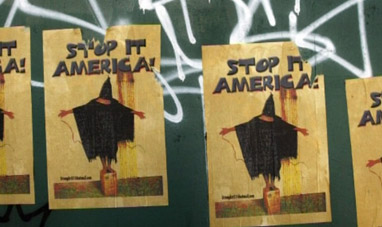

THE ABU GHRAIB SCANDAL
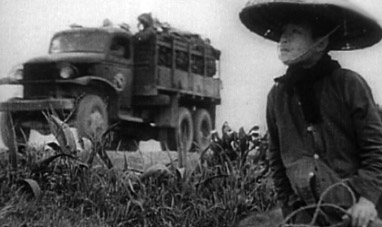

THE VIETNAM WAR


THE SPANISH CIVIL WAR


THE HUNGARIAN REVOLUTION OF 1956


SECOND ITALIAN WAR OF INDEPENDENCE


THE RAPE OF THE SABINE WOMEN
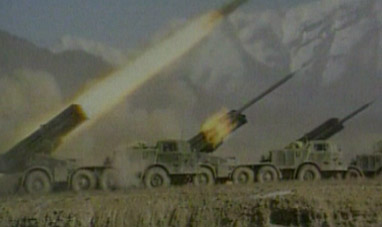

THE SOVIET INVASION OF AFGHANISTAN
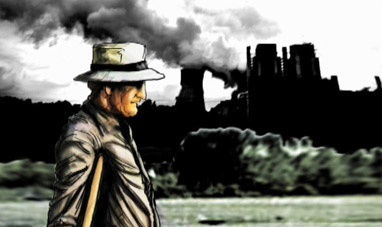

THE INDUSTRIAL REVOLUTION
